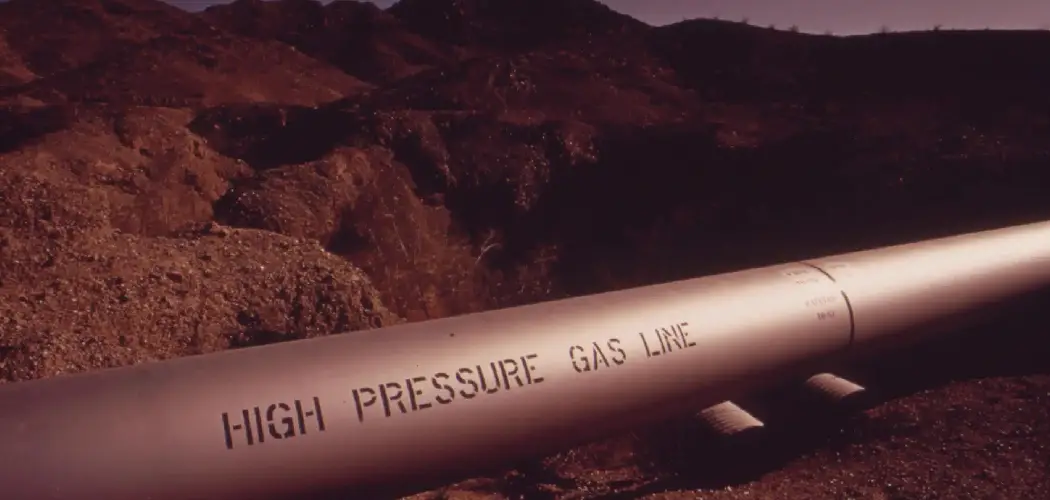Natural gas leaks pose a serious threat to safety, with the potential for devastating fires, explosions, and various health risks. The odorless and colorless nature of gas can make it difficult to detect, heightening the danger associated with even minor leaks.
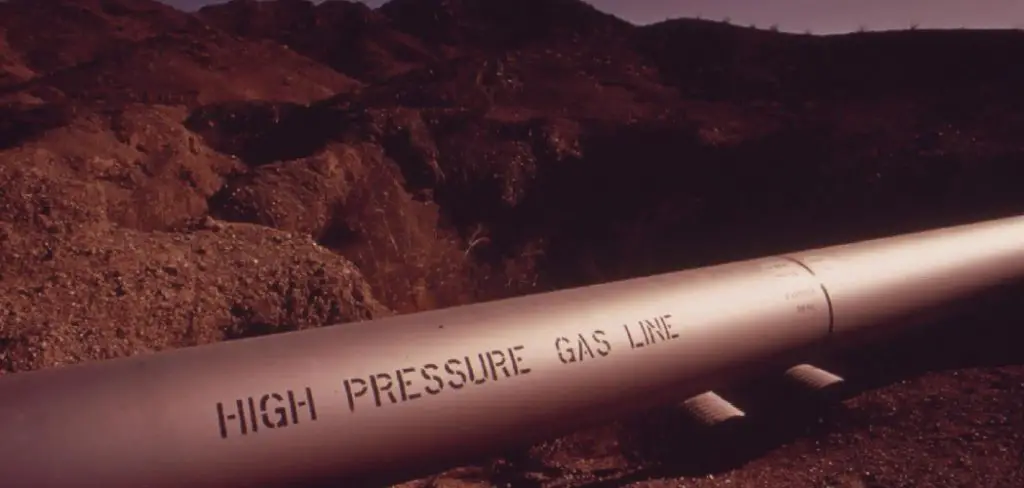
Therefore, addressing gas leaks promptly is crucial to prevent hazardous situations from escalating. This article serves as a comprehensive guide on how to fix a natural gas leak, providing readers with essential steps for detection, immediate actions to take, and temporary measures to implement.
Additionally, it clarifies when it’s necessary to seek professional help to ensure the safety and integrity of the gas system. By following these guidelines, individuals can protect themselves and their homes from the dangers posed by natural gas leaks.
Recognizing a Natural Gas Leak
Identifying a natural gas leak quickly is crucial for ensuring safety. A few key signs can aid in the detection of a leak, and understanding these indicators is the first step toward prevention and prompt action.
Signs of a Gas Leak
- Odor: Natural gas is typically odorless, but utility companies add a distinct smell resembling rotten eggs due to a chemical called mercaptan. If you detect this strong sulfur-like odor, it may signal a leak that requires immediate attention.
- Sound: You may hear a hissing or whistling noise near gas lines or appliances, which can indicate gas escaping from a pipe or other component. These sounds are often subtle and may require careful listening to detect.
- Visual Indicators: Several visual cues can signal a gas leak, including dead or dying vegetation near gas lines, which may occur because the roots cannot access necessary nutrients. Additionally, dust blowing from a hole in the ground or bubbles forming in wet areas can indicate gas escaping from underground pipelines.
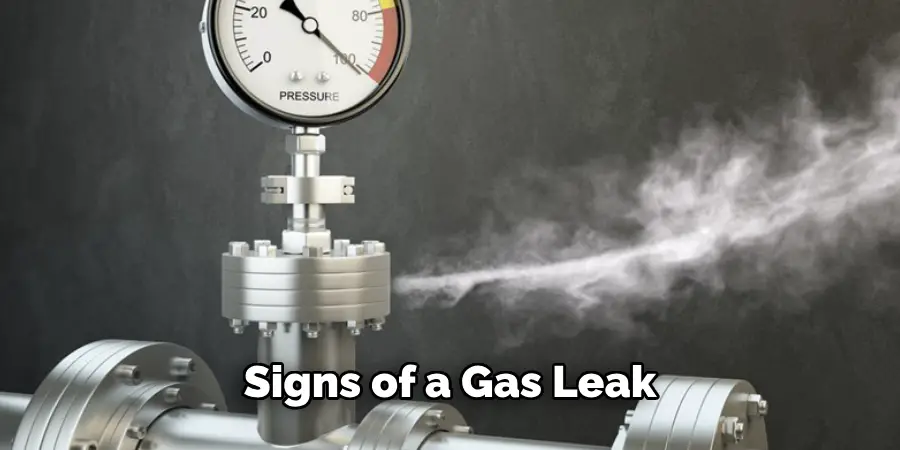
Using Gas Detectors
Gas detectors are essential tools for identifying leaks quickly and effectively. These devices monitor the air for the presence of specific gases, including natural gas, and alert you if unsafe levels are detected.
- Placement and Use: To maximize the effectiveness of gas detectors, place them near potential leak sources, such as kitchens, utility rooms, and gas appliances. It’s recommended to install detectors at a height where they can capture gas that may accumulate in the room. Regularly test and maintain these devices according to the manufacturer’s instructions to ensure they function properly. In the event of an alarm, evacuate the area immediately and follow emergency protocols.
How to Fix a Natural Gas Leak: Immediate Actions to Take
When a natural gas leak is suspected, immediate actions are crucial to ensure safety and prevent catastrophic events. Follow these steps diligently to protect yourself and others in the vicinity.
Step 1: Evacuate the Area
The first and most vital action is to evacuate all occupants and pets from the area as swiftly as possible. Instruct everyone to leave the building immediately without delay, prioritizing their safety above all else.
Refusing any electrical devices that could spark a fire is critical, including light switches, mobile phones, or appliances. Emphasize the necessity of moving quickly through the closest exit and not lingering or gathering belongings. Additionally, avoid any actions that could create open flames, such as lighting candles or matches, as these can ignite the escaping gas.
Ensuring that the exit routes are clear and well-known can facilitate a safe evacuation, allowing all individuals to reach safety efficiently.
Step 2: Shut Off the Gas Supply
After ensuring that everyone is safely evacuated, locate the main gas shut-off valve to stop the flow of gas. This valve is often positioned near the gas meter, typically within a few feet of the appliance connections.
The shut-off valve usually resembles a round knob or lever. To operate the valve, turn it clockwise until it is fully closed; this action halts the supply of gas, which is crucial in preventing further escape.
If the valve is difficult to turn or appears damaged, do not attempt excessive force, as this could cause additional hazards. Instead, make a note of its location for reference. Once the gas has been shut off, you can proceed to the next step to ensure safety in the affected area.

Step 3: Ventilate the Area
Once the gas supply is turned off, the next task is to ventilate the area effectively. Begin by opening all windows and doors to create a cross breeze, allowing fresh air to flow in and facilitating gas dissipation. This action significantly reduces the concentration of any remaining natural gas and mitigates the risk of explosion.
It is essential to avoid turning on or off any electrical devices during this process, as even a small spark can ignite the gas present in the air. If possible, ventilate from the safest location, ensuring you and others keep a safe distance from the affected area.
Continuing to monitor the area after ventilation is crucial; do not re-enter until relevant authorities or professionals have declared it safe to do so.
How to Fix a Natural Gas Leak: Temporary Measures and Repairs
Temporary Repairs
Implementing temporary repairs can help mitigate risks when facing minor gas leaks until professional assistance is available. One effective method is using pipe sealant or putty. To apply a pipe sealant, clean the area around the leak with a cloth to remove any dirt or debris.
Next, apply the pipe sealant directly over the leak, ensuring it fills any gaps. Smooth the sealant down with your fingers or a small tool, following the manufacturer’s instructions for drying time. Allow the sealant to cure adequately before using the gas appliance again.
For smaller leaks, duct tape can serve as a temporary solution. Cut duct tape long enough to cover the leak, then wrap it tightly around the affected area. Ensure that the tape adheres well to both sides of the leak, creating a tight seal. However, it is important to remember that duct tape is a short-term fix and should not be relied upon for long-term safety.
Monitoring the Situation
After applying temporary repairs, continuously monitor the area for any signs of further leaks or worsening conditions. Look for recurring gas odours, unusual sounds, or visual indicators previously noted. If any new symptoms arise, evacuate the space immediately and contact the relevant authorities.
Additionally, scheduling a professional inspection as soon as possible is essential. A qualified technician can thoroughly examine the gas lines and appliances, ensuring that the leak is addressed permanently and safely.
They will also assess the overall integrity of the gas system, providing peace of mind that all necessary repairs are conducted correctly and efficiently. Prioritizing this step is crucial in maintaining a safe living environment.
When to Call a Professional
Complex or Large Leaks
In the event of a complex or large gas leak, it is crucial to enlist the help of licensed professionals. These situations may include significant damage to gas lines due to construction, extreme weather, or accidents.
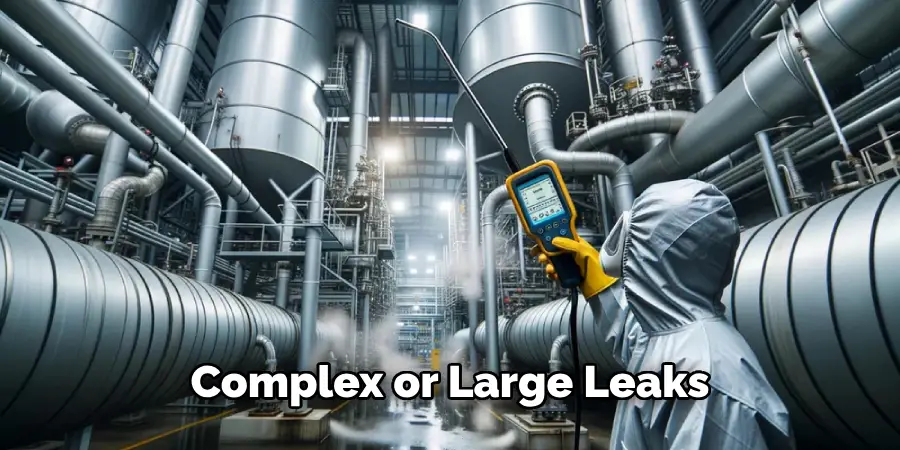
Persistent leaks that are difficult to detect or contain also warrant professional intervention, as DIY approaches can lead to further risks and complications.
Licensed technicians have specialized training and equipment to accurately locate and repair leaks, ensuring both safety and compliance with industry standards. Always contact your local gas utility company if you suspect a major leak; they offer emergency services and can dispatch trained personnel to handle the situation promptly.
Quick action in these cases is essential to preventing potential hazards, including explosions or harmful gas exposure.
Regulatory Compliance
When it comes to gas line repairs, adhering to local building codes and regulations is paramount for safety and legal compliance. Certified professionals ensure that all repairs meet these standards, minimizing risks associated with improper installations or substandard work.
Hiring individuals or companies with appropriate certifications and licensing guarantees that they possess the necessary expertise and knowledge in handling gas systems.
These professionals are trained to follow safety protocols and manufacturer specifications when repairing or replacing gas lines. Moreover, working with licensed contractors typically includes a warranty on their work, providing additional peace of mind.
Ensuring that your gas repairs are conducted by qualified personnel enhances safety and protects you from potential legal repercussions in the event of faulty installations or violations of local codes. Prioritizing professionalism in gas line repairs is essential for a safe living environment.
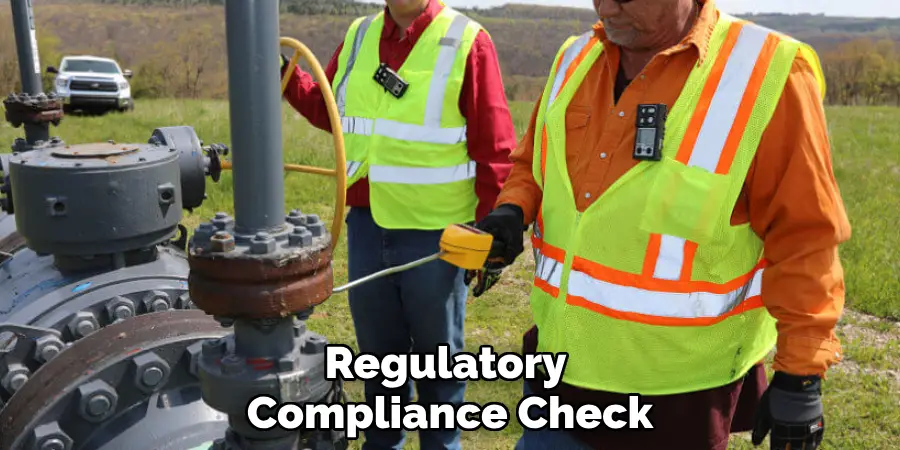
Preventive Measures
Regular Inspections
Scheduling regular inspections of gas lines and appliances is essential for identifying potential issues before they escalate into major problems. Engage a licensed technician to perform these inspections at least once a year, promptly addressing any signs of wear and tear.
Maintenance Tips
To maintain gas lines effectively, regularly check for damage indicators, such as leaks or rust, and promptly address minor issues as they arise. Look for any unusual odours or sounds that could indicate trouble, and keep the area around gas appliances clear of obstructions to facilitate easier access during inspections.
Safety Devices
Installing gas detectors can significantly enhance safety by alerting occupants to harmful gas in the air. Additionally, it’s important to have an emergency plan for gas leaks, ensuring all household members know what to do in an emergency, including evacuation routes and emergency contacts.
Conclusion
Addressing a natural gas leak promptly is crucial for ensuring safety in your home. First, recognize the signs of a leak, such as unusual odors, hissing sounds, or visual indicators. Take immediate action by evacuating the area, ventilating the space, and notifying relevant authorities. For minor leaks, perform temporary repairs using pipe sealant or duct tape until professionals can assess the situation.
It’s essential to know how to fix a natural gas leak effectively and safely, which often involves contacting licensed technicians for complex issues or major leaks. Regular inspections of gas lines and appliances are vital in preventing future problems and mitigating risks. By prioritizing safety and maintaining a proactive approach, you can create a safer living environment for yourself and your loved ones. Quick action and vigilance are key to preventing potentially hazardous situations.

